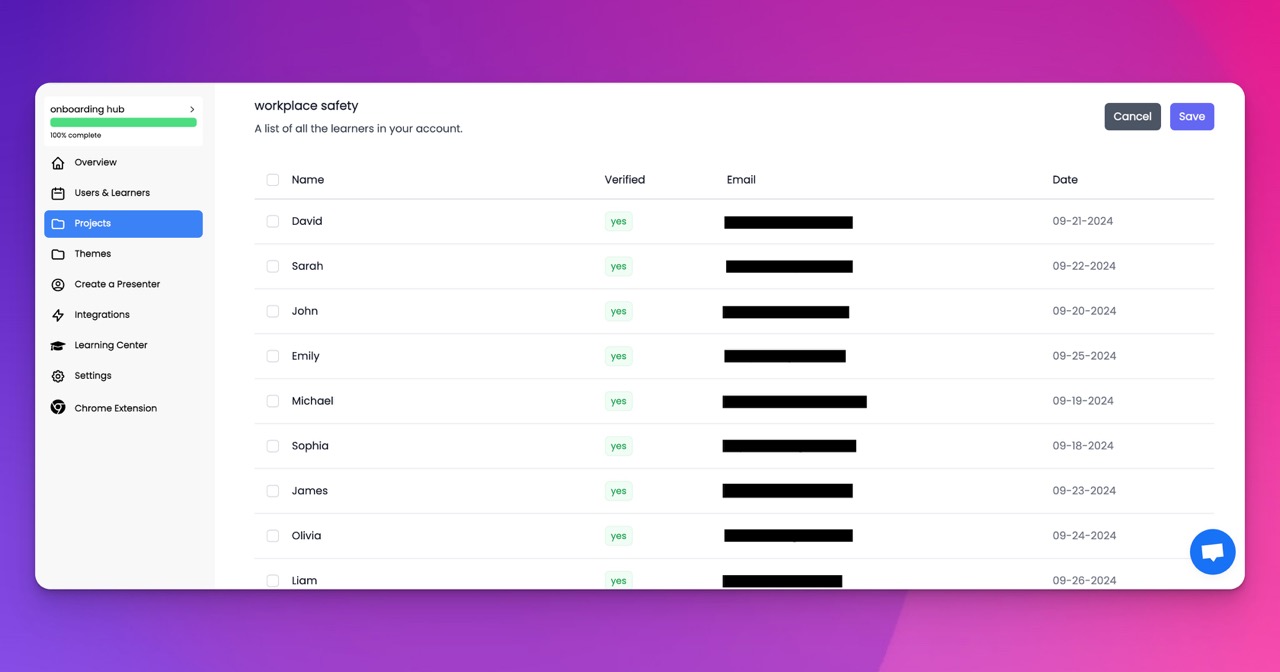🎉 Trainday now integrates with Zendesk and Hubspot 🎉 Trainday now integrates with Zendesk and Hubspot 🎉 Trainday now integrates with Zendesk and Hubspot
🎉 Trainday now integrates with Zendesk and Hubspot
Contact
OSHA Compliance
"The Ultimate Guide To Cal OSHA's Injury And Illness Prevention Program (IIPP)"
California's Division of Occupational Safety and Health (Cal/OSHA) requires all employers in the state to have an Injury and Illness Prevention Program (IIPP) in place to ensure the safety and health of their employees. This program is crucial for preventing workplace injuries and illnesses, as well as complying with state regulations.
If you're a California employer or a safety professional looking to create or improve your company's IIPP, this ultimate guide is for you. We'll cover everything you need to know about Cal OSHA's requirements for implementing an effective IIPP.
Step 1: Understand the Seven Core Elements of an IIPP
Cal OSHA mandates that every IIPP must include seven core elements:
1. Responsibility
2. Compliance
3. Communication
4. Hazard Assessment
5. Accident Investigation
6. Hazard Correction
7. Training and Instruction
These elements form the foundation of a comprehensive safety program that addresses all aspects of workplace safety and health.
Step 2: Assign Responsibility for IIPP Implementation
It's crucial to designate a person or team within your organization to be responsible for implementing and maintaining the IIPP. This individual or group should have the authority and resources to ensure that all elements of the program are carried out effectively.
Step 3: Conduct a Hazard Assessment
Identifying and assessing workplace hazards is a critical step in developing an effective IIPP. Conduct regular inspections and assessments to identify potential hazards and risks, and take corrective actions to eliminate or control them.
Step 4: Develop Procedures for Hazard Correction
Once hazards are identified, it's essential to develop procedures for correcting them promptly. This may involve implementing engineering controls, administrative controls, or providing personal protective equipment to reduce the risk of injury or illness.
Step 5: Provide Training and Instruction
Ensure that all employees receive adequate training and instruction on workplace safety procedures, hazard recognition, and emergency response protocols. Ongoing training is essential to ensure that employees are aware of potential hazards and know how to protect themselves.
Step 6: Establish a Communication Plan
Effective communication is key to the success of an IIPP. Develop a communication plan that ensures all employees are informed about safety policies, procedures, and hazards in the workplace. Encourage open communication between employees and management to address safety concerns promptly.
Step 7: Conduct Accident Investigations
In the event of a workplace accident or near miss, conduct a thorough investigation to determine the root cause and prevent future incidents. Implement corrective actions to address any deficiencies in your safety program and prevent similar accidents from occurring.
By following these steps and incorporating the core elements of an IIPP into your safety program, you can create a safe and healthy work environment for your employees while complying with Cal OSHA regulations. Remember, maintaining a strong safety culture requires ongoing commitment and dedication from all levels of the organization.
For more information on Cal OSHA's requirements for IIPP implementation, visit the Cal OSHA website or consult with a qualified safety professional. Stay informed, stay safe!
Accelerate Compliance.
Deliver OSHA-Ready Courses Instantly.
Empower your team with data-driven training solutions tailored to your industry's safety standards. Stay compliant, reduce risks, and boost productivity with AI-powered course creation.
